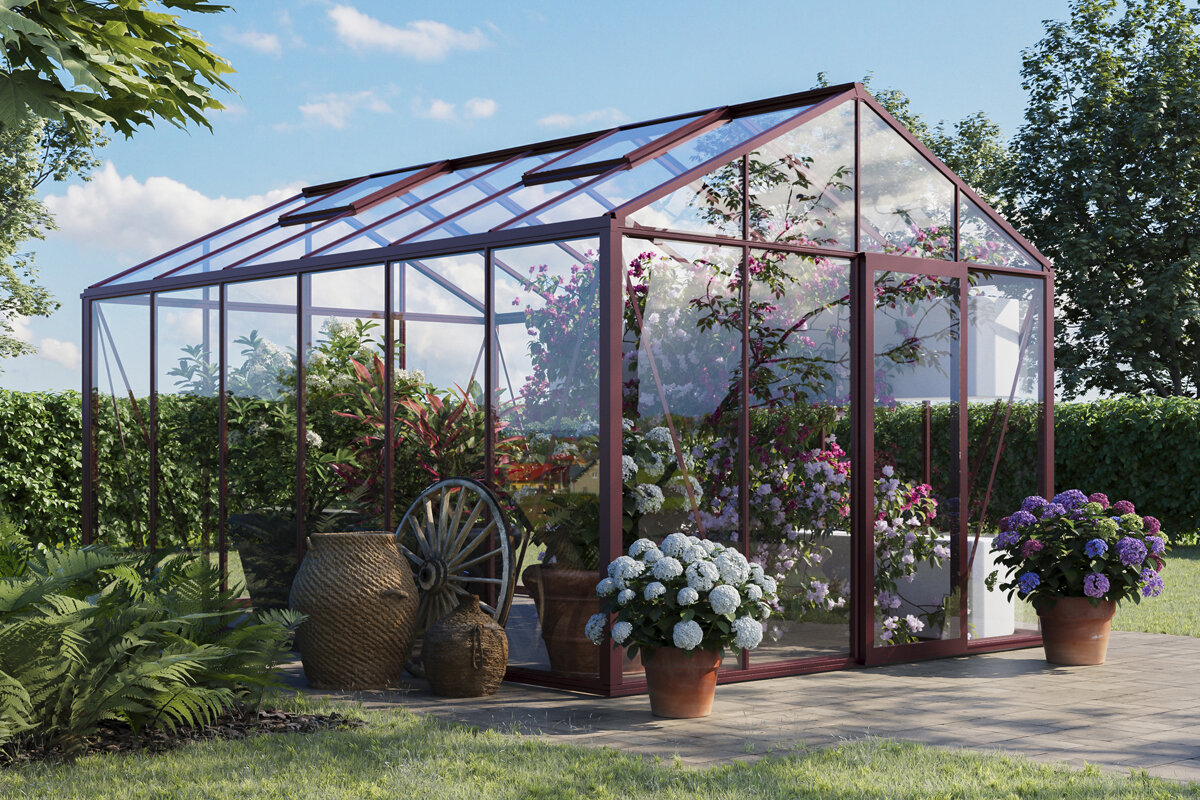The Ultimate Guide to Buying a Greenhouse

The Ultimate Guide to Buying a Greenhouse
Introduction A greenhouse is an essential addition to any garden, allowing you to grow plants year-round and providing a controlled environment for optimal growth. Whether you're a gardening enthusiast or a professional landscaper, it's important to choose the right greenhouse. This guide covers everything you need to know to make an informed decision.
Why Invest in a Greenhouse? Greenhouses provide a stable environment that protects plants from bad weather, pests, and diseases. They extend the growing season and enable you to cultivate various types of plants, including those not native to your region. Additionally, greenhouses can enhance the aesthetic value of your garden and increase property value.
Key Factors When Buying a Greenhouse
- Size and Space: The size of your greenhouse depends on the available space in your garden and your growing needs. Consider future growth and the types of plants you want to grow. A larger greenhouse offers more flexibility but requires more space and investment.
- Material and Durability: Greenhouses are typically made of aluminum, wood, or galvanized steel. Aluminum is lightweight, durable, and rust-resistant, making it a popular choice. Ensure the frame material can withstand local weather conditions.
- Glass Options: The type of glass affects light transmission, insulation, and durability. Common options include:
- Polycarbonate: Offers good insulation and is shatterproof.
- Glass: Provides excellent light transmission but can be fragile.
- Acrylic: Lightweight and durable, with good light diffusion.
- Ventilation and Climate Control: Good ventilation is essential for regulating temperature and humidity. Look for greenhouses with adjustable roof vents, louvered windows, and exhaust fans. Automated systems can help maintain optimal growing conditions with minimal effort.
- Ease of Installation: Consider the complexity of the assembly process. Some greenhouses come with detailed instructions and pre-drilled holes, making installation straightforward. For larger or more complex structures, it may be worth hiring a professional.
- Budget and Costs: Greenhouse prices vary widely depending on size, materials, and features. Set a budget that includes the initial purchase price and any additional costs, such as site preparation, shelving, and climate control systems.
Additional Features to Consider
- Shelving and Benches: Shelves maximize space usage and provide better organization and efficient plant management. Consider adjustable shelves and benches to accommodate different plant sizes.
- Watering Systems: Automated watering systems, such as drip irrigation, can save time and ensure consistent moisture levels. Look for greenhouses with built-in systems or compatibility with external setups.
- Heating Systems: In colder climates, a heating system is necessary to maintain optimal temperatures. Options include electric heaters, gas heaters, and solar energy systems. Choose a system that fits your climate and budget.
- Shade Solutions: Excessive sunlight can damage plants. Shade solutions, such as retractable shades or shade cloths, help regulate light levels and prevent overheating.
Step-by-Step Buying Guide
- Assess Your Needs: Determine what you want to grow, the available space, and your budget. Consider how the greenhouse will integrate into your garden design.
- Research and Compare: Explore different greenhouse models, materials, and features. Read customer reviews and consult experts or experienced gardeners.
- Check Local Regulations: Ensure you comply with local building codes and zoning laws. Some areas require permits for building a greenhouse.
- Plan the Location: Choose a location with ample sunlight, good drainage, and easy access to electricity and water. Avoid placing the greenhouse under large trees or in low-lying areas prone to flooding.
- Purchase and Assemble: Once you've selected the ideal greenhouse, carefully follow the manufacturer's assembly instructions. Consider professional installation if needed.
- Customize and Equip: Add shelving, benches, watering systems, and other accessories to optimize the greenhouse for your growing needs.
Maintaining Your Greenhouse Regular maintenance ensures that your greenhouse remains in top condition. Key tasks include:
- Cleaning: Regularly clean the glass to maintain maximum light transmission.
- Repairs: Immediately repair any damaged panels or frame components.
- Pest Control: Implement measures to prevent and manage pests and diseases.
- Climate Control: Use thermometers and hygrometers to monitor the climate and make adjustments as needed.
Conclusion Investing in a greenhouse is an important step toward enhancing your gardening experience. By considering factors such as size, material, ventilation, and additional features, you can choose a greenhouse that meets your needs and budget. Proper planning, installation, and maintenance will ensure that your greenhouse remains a productive and enjoyable space for many years. Enhance your gardening experience with a greenhouse from Bloomcabin!

